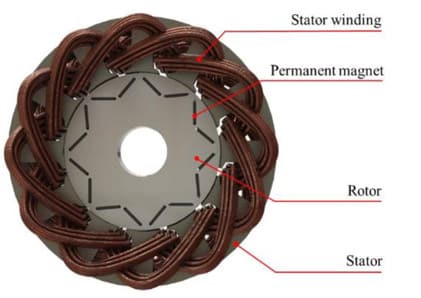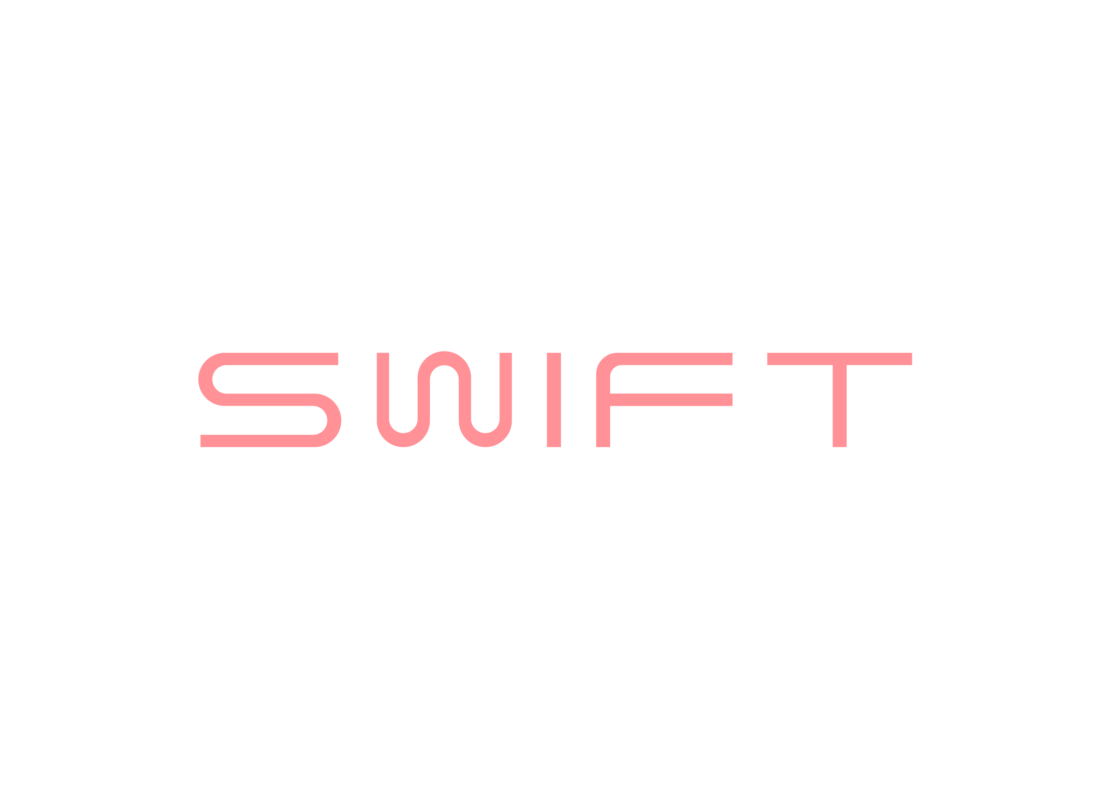What Drive Motor Does SWIFT Use?
SWIFT uses the same type of advanced drive motor as Tesla and other EV cars – a so called IPM (Interior Permanent Magnet) SynRM (Synchronous Reluctance Motor). This type of motor is more advanced than a conventional induction motor and stands out for its efficiency, performance, control capabilities and reliability.

Here are Some Few Important Differences:
1. Construction and Design:
A conventional induction motor relies solely on electromagnetic induction to create a rotating magnetic field in the rotor. It does not have permanent magnets in the rotor.
An IPM SynRM Motor has permanent magnets embedded in the rotor. These magnets generate a magnetic field that interacts with the stator’s magnetic field to produce motion.
2. Higher Efficiency:
The presence of permanent magnets in the rotor enhances the efficiency of IPM SynRM motors, especially at partial loads and low speeds, leading to reduced energy consumption and operating costs.

3. Better Performance:
IPM SynRM motors offer superior performance characteristics, including higher torque density, better speed control, and smoother operation. They are also more energy-efficient, reducing overall power consumption and operational costs. Additionally, their compact design allows for easier integration into modern elevator systems without compromising performance.
4. More advanced Control:
Due to the permanent magnets, IPM SynRM motors typically require more advanced control methods like field-oriented control (FOC), enabling precise control of speed, torque, and efficiency across a wide range of operating conditions. For this SWIFT has developed a unique motor controller. Conventional induction motors can be controlled using simpler methods like voltage or frequency control.
SWIFT IPMSynRM motor + SWIFT motor controller + SWIFT battery pack = Advantages:
- Offer a much more smooth acceleration and slow down of the lift. Also a more precise landing. saknas
- Control the speed and let user choose speed from our touch display
- We can use the motor management to calculate weight of the passengers or bags
- By feeding back energy when lift is breaking (going downwards) we can use that energy to charge our batteries. This results in energy saving and “every 4th trip for free”.
- With power from the battery pack the user can still operate the lift with full operationeven if mains power failure (ant-trap feature)
- With the battery pack we get less need for peak power resulting in all our lifts being run on 1-phase










